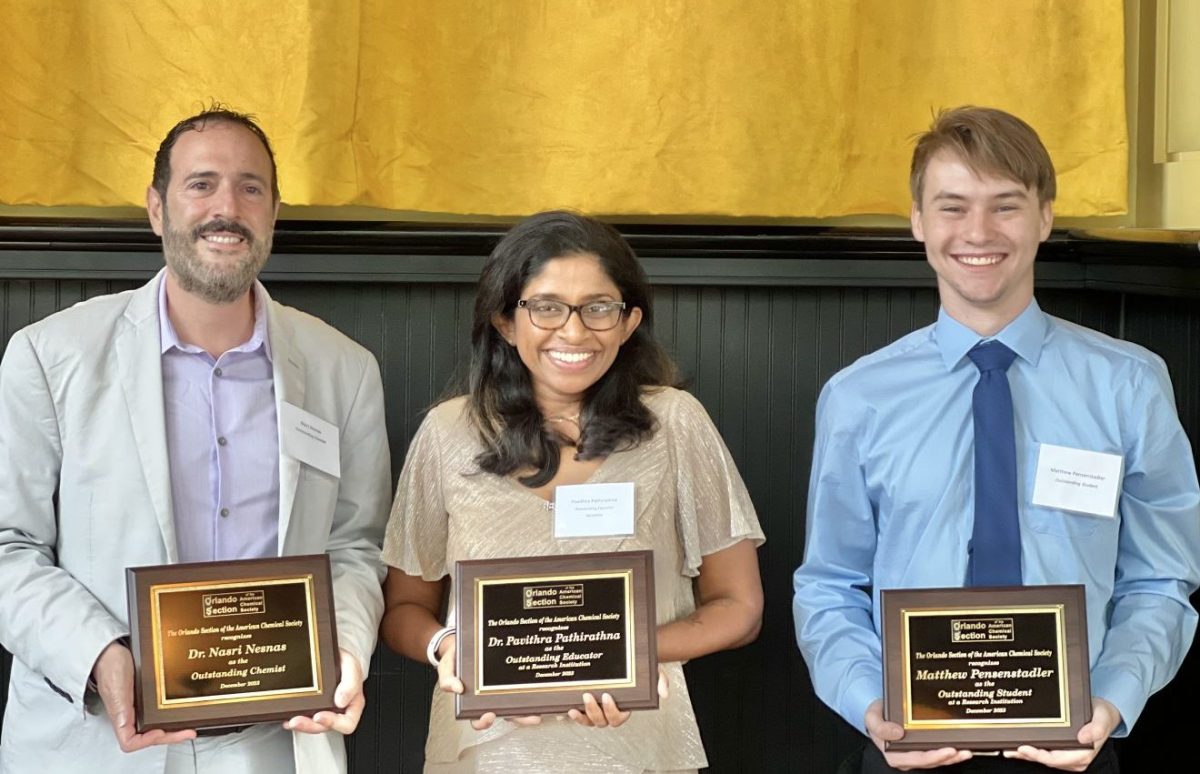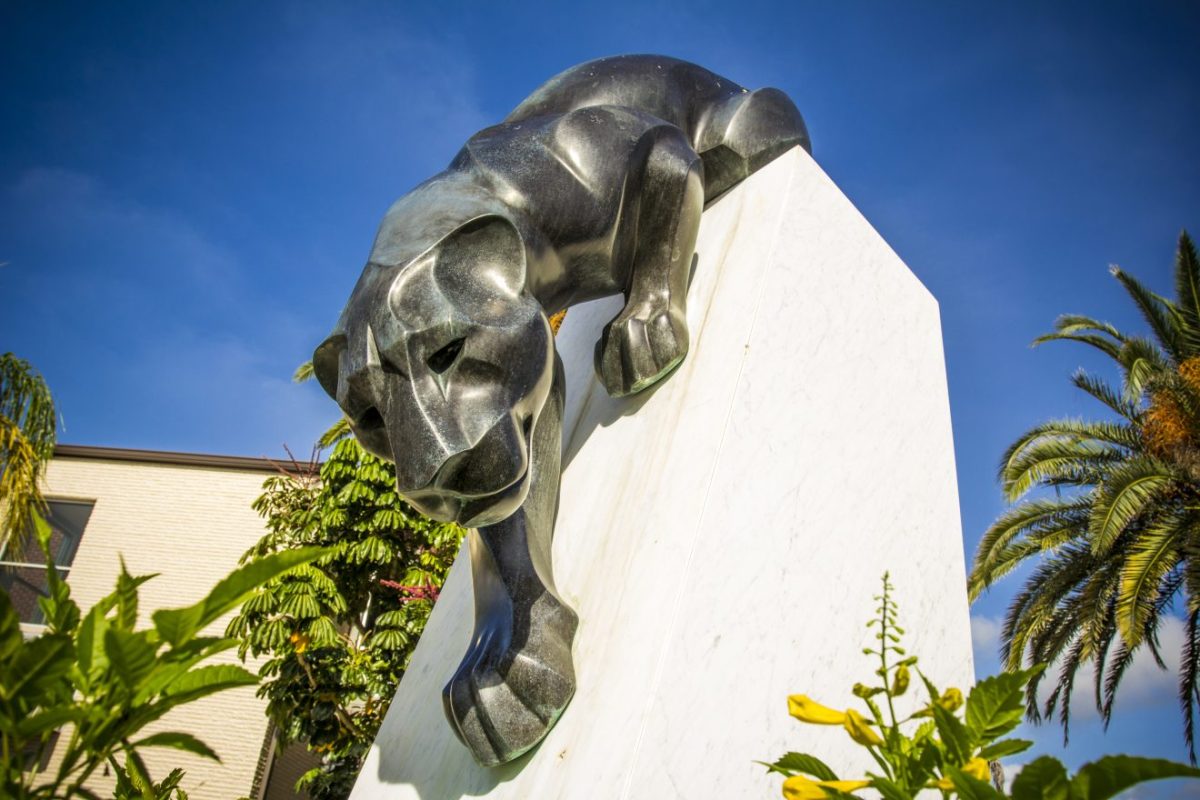Chemistry & Chemical Engineering at Florida Tech
Florida Tech's Department of Chemistry and Chemical Engineering (CCE) is committed to providing undergraduate and graduate students with an outstanding education in both the theoretical development and laboratory application of advanced technologies to elevate and advance the field.
CCE faculty are internationally renowned researchers who have obtained prestigious grants from government agencies and corporations, published articles in well-respected journals, and authored books. Students in the CCE department have significant educational advantages that come with small class sizes and direct access to these faculty members, who serve as instructors, mentors, and in many cases, collaborators.
Mission Statement
The mission of the Department of Chemistry and Chemical Engineering (CCE) is to provide a safe working environment in the pursuit of excellence in education, research and innovation in the fields of chemistry and chemical engineering.
The attainment of these goals is achieved by
- offering undergraduate and graduate curricula that provide students the opportunity to obtain the required knowledge, and technical and communication skills, and thorough understanding of the associated safety, ethical, social and economic responsibilities in their respective fields;
- engaging in internationally recognized research that will increase knowledge and lead to technological innovations; and
- providing an atmosphere that stimulates intellectual curiosity and encourages creative interactions among faculty and students.
Success in the accomplishment of these goals will equip students with the capacity to thrive in diverse professional roles in research institutions, global industries and local communities.
Research News and Announcements

Forget Lemonade: Middle School STEM Club Quenches Thirst For Science
Florida Tech assistant professor Pavithra Pathirathna runs and helped create Palm Bay Academy Middle School's afterschool STEM Club.

Student, Faculty Honored with Awards at American Chemical Society banquet
Undergraduate chemistry major Matthew Pensenstadler, assistant professor Pavithra Pathirathna and professor Nasri Nesnas were all recognized.

Florida Tech Launches STEM Initiative with Palm Bay Academy
The centerpiece of the partnership is a monthly club led by Florida Tech’s Pavithra Pathirathna, an assistant professor of chemistry.


 Give to Florida Tech
Give to Florida Tech 



